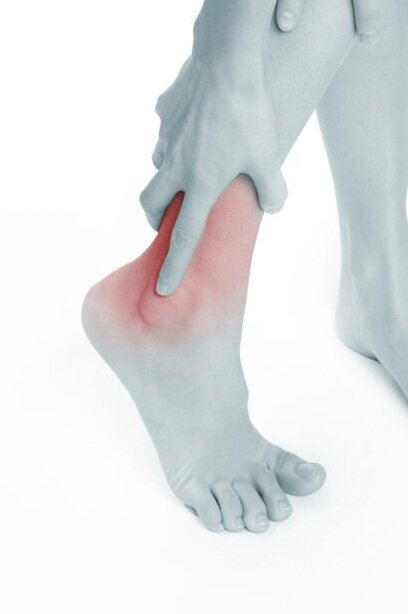The stability of a joint is determined by 3 main categories including passive structures (anatomical bone congruency, ligamentous support), active structures (muscles and tendons), and our proprioception or balance system. Together they create a powerful system of stability to support a joint in both healthy and injured or sprained conditions. Importantly, an injury to one system (ankle sprain in the passive system) can be compensated by an improvement in the active (strength) or proprioceptive (balance) systems. An example would include individuals (copers) who can return to sport despite a torn ACL in their knees. The term instability is often heard when describing patients who have persistent symptoms including pain, giving way, or loss of function after an injury joint sprain. Prior thinking blamed the ligamentous strength or flexibility on these chronic symptoms. A recent study called into question the role of the stability of the ligamentous system in athletes with recurrent ankle sprains.
A large study of 200 Division I athletes was conducted in the Clinical Journal of Sports Medicine to determine the influence of ankle ligament laxity or flexibility on incidence of ankle sprains (Liu et al. 2013). Each athlete reported the number of prior ankle sprains on each of their ankles and then underwent an assessment of their ligament laxity in 3 directions (anterior, inversion, and eversion) using an ankle arthrometer. Authors found no relationship between ligament laxity and the number of ankle sprains in any of the 3 directions. Surprisingly, no significant differences in laxity were found between injured and non injured ankles. Authors questioned the construct of ligamentous laxity among athletes reporting giving way in their ankles.
This study highlights the importance of considering more than the ligamentous system when examining joint stability. Research has recently highlighted patients with symptoms of instabiilty or giving way may have greater deficits in their active and proprioception systems than the ligamentous system. Patients are encouraged to work with a Physical Therapist to accelerate their recovery and reduce their risk of recurrence after a joint sprain.
Click Here to schedule your next visit with the experts at MEND

